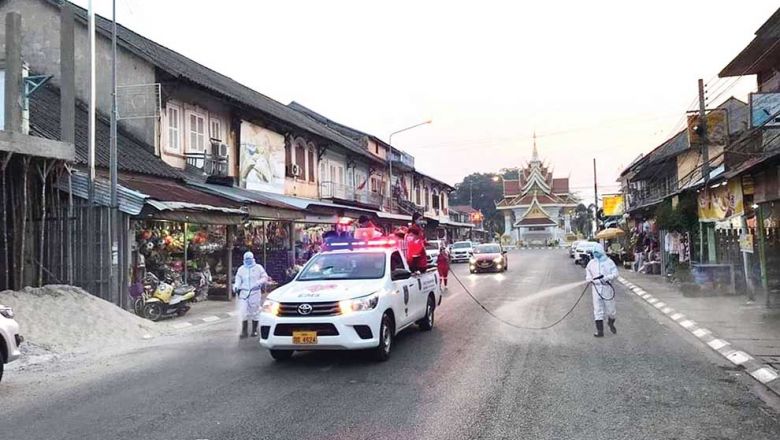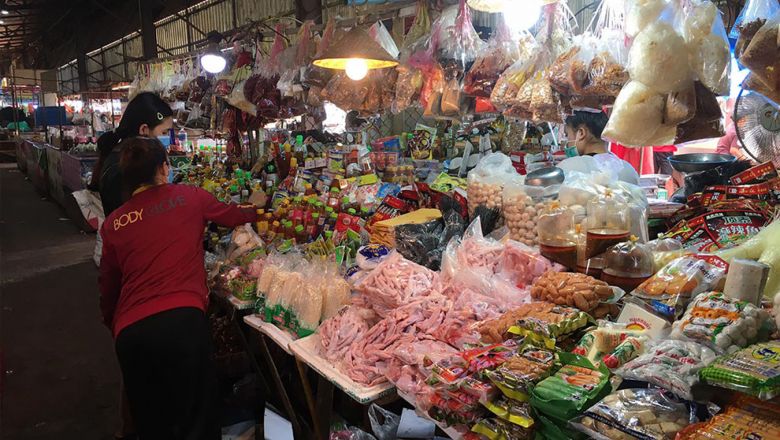Vientiane province sets investment target at 5.6 trillion kip
Vientiane province sets investment target at 5.6 trillion kip
Even though authorisation for concessions for mining, rubber and eucalyptus projects has ended in Vientiane province, the provincial authorities are not expecting private investment to decline.
The department is targeting private investment of 5.6 trillion kip in the coming five years, which would be about 40 percent more than in the last five years.
Some 172 private investment projects were undertaken in the province over the past five years, with a value of about 4 trillion kip (2.2 trillion kip and US$229 million).This was a 49 percent increase over the period 2006-2010.
According to a report from the province's Department of Planning and Investment, private investment in the province initially soared in the first half of the 2010-2015 period but tailed off in the second half when concessions for mining, rubber and eucalyptus projects came to a halt.
Department Director Mr Oudong Phongphaypadith said their 5.6 trillion kip target took major new developments into account. These are the planned Laos-China railway and the creation of the Asean Economic Community, which will encourage the relocation of foreign-owned production bases.
Mr Oudong pointed out that Vientiane province was located near the capital and had an abundance of energy resources and infrastructure, which were attractive to potential investors.
The main investment projects in the province over the past five years centred on mineral resources, hydropower, tourism, crop growing, livestock breeding, and the processing of agricultural products.
Of these 172 projects, four employed the Build, Operate, and Transfer model. These were the Nam Ngum Bridge between Meuangkao and Pakkhayoung villages in Viengkham district, the Nam Lik Bridge between Donphouk and Tangkham villages in Hinheup district, and the construction of markets in Meuangpheuang and Xanakham districts.
Co mpanies from China, Vietnam, Thailand, the Republic of Korea, and Chinese Taiwan invested in 42 of the projects.
The provincial authorities also gave the green light for feasibility studies on 16 small-scale hydropower projects, and construction has begun on four of these.
Other important development projects are the ongoing construction of two roads linking Hinheup and Xanakham districts, and Kasy (Ban Chieng village) and Maed districts.
The authorities said some of the previously authorised projec ts had not been implemented, others had been set in motion with the signing of contracts but then transferred to other investors without permission from the authorities or the government, and in some cases investors did not comply with laws and correct procedure.
The authorities plan to improve coordination and management systems towards more satisfactory investment outcomes in the future.
















